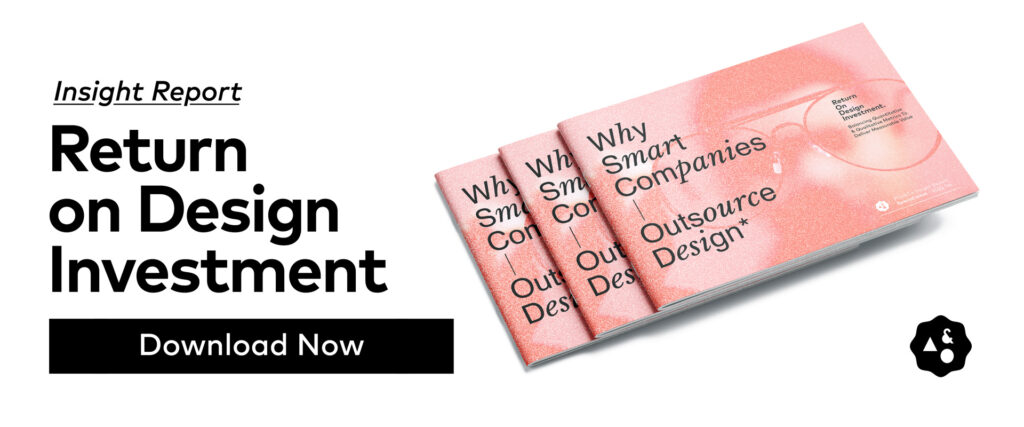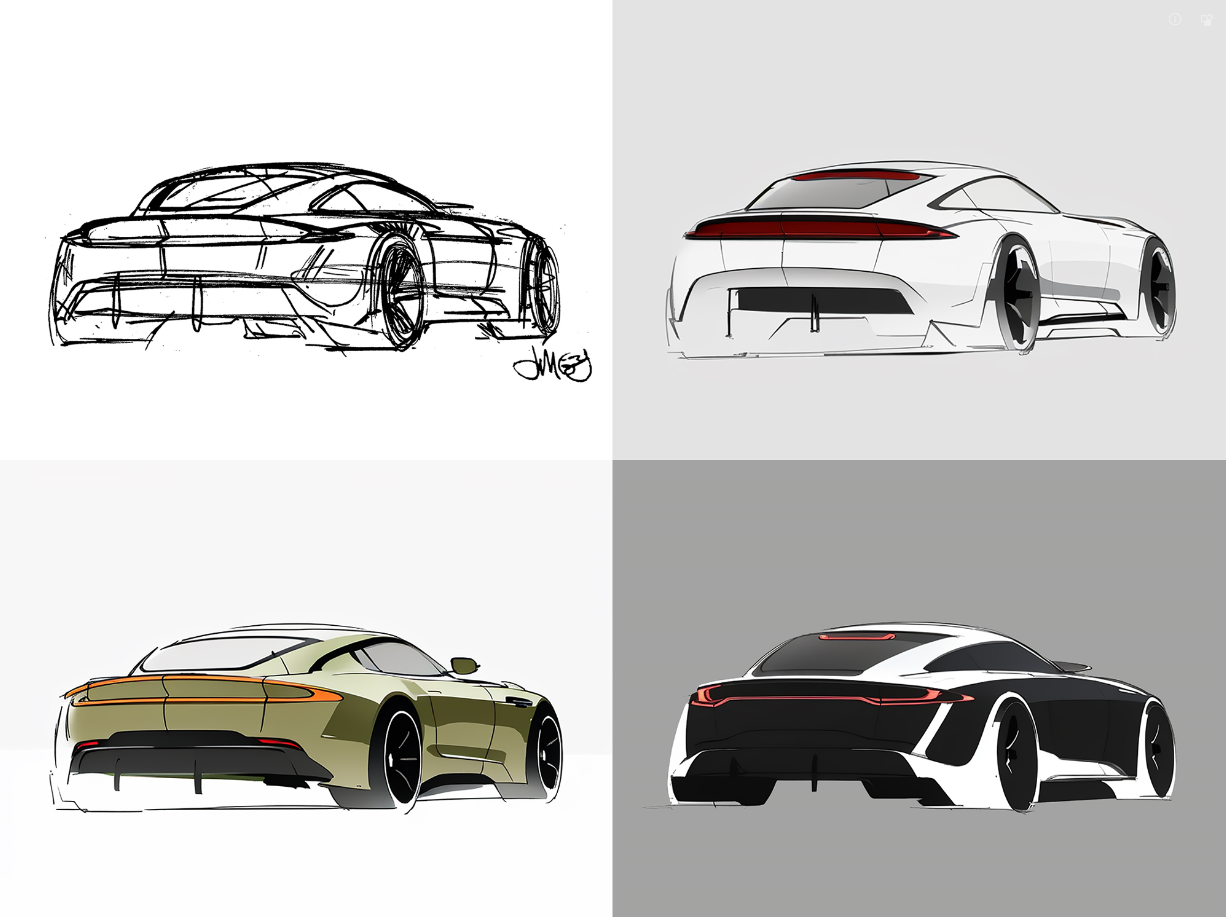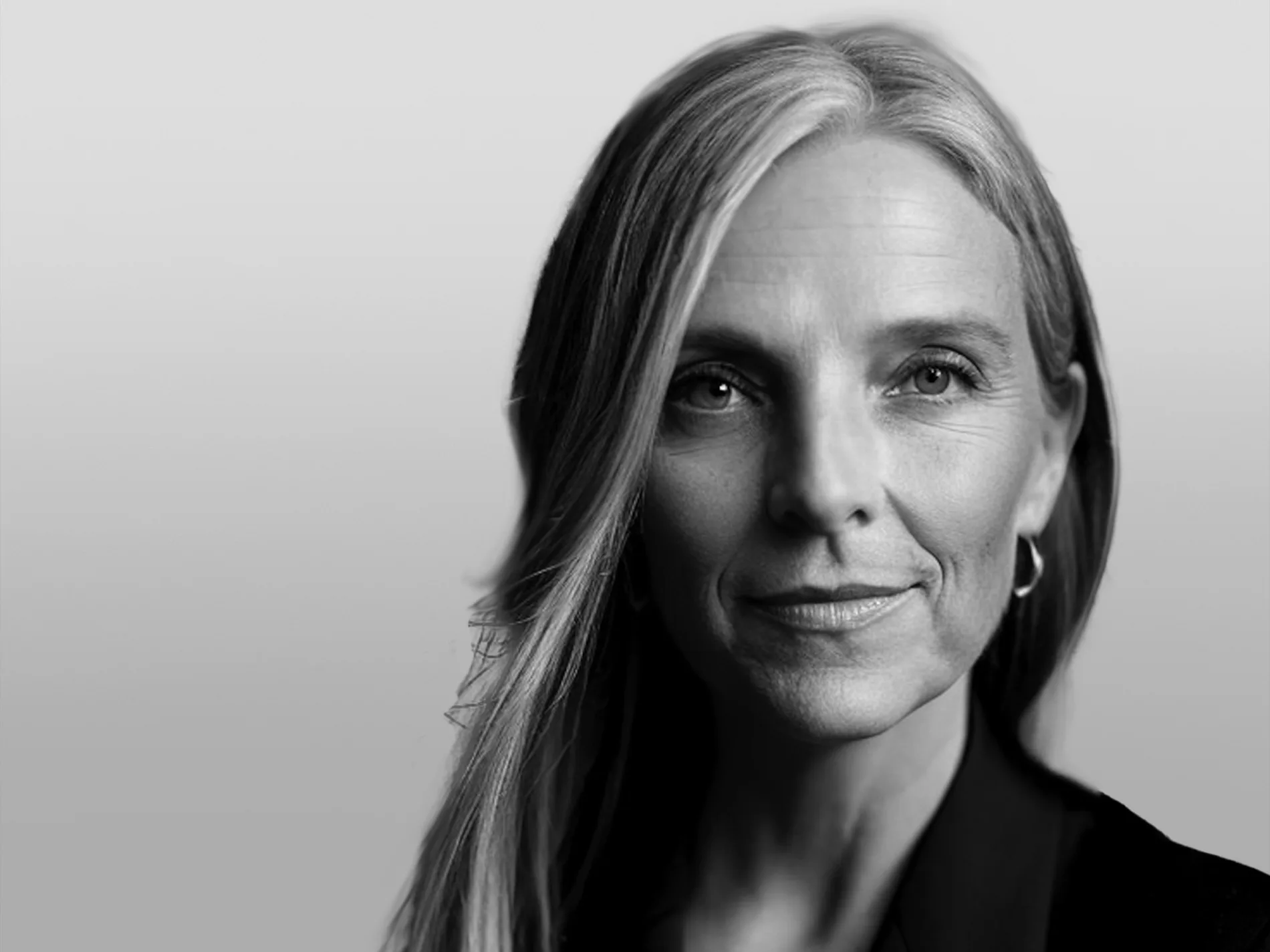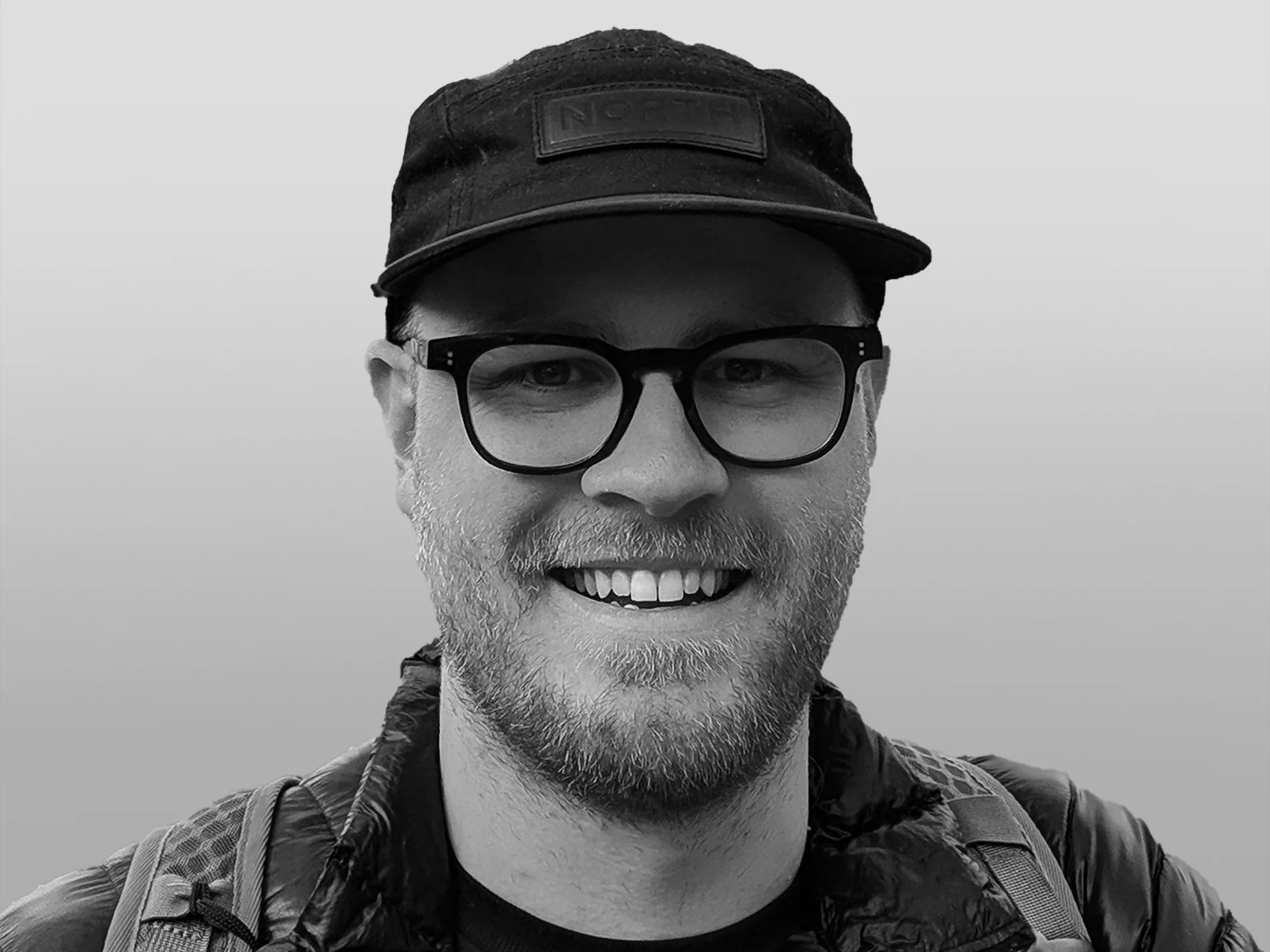In the world of industrial design, the pencil has wielded unmatched power, shaping the creative process and driving innovation. Industrial design sketching stands as the bedrock of iterative design, breathing life into ideas, exploring boundless possibilities, and honing concepts to perfection. As we voyage through time, one burning question persists: Can the fusion of sketching and AI redefine the very fabric of industrial design's future?
In the realm of industrial design, the power of the pencil has been an indispensable tool throughout history, shaping the creative process and fueling innovation. Industrial design sketching has served as the backbone of the iterative design process, allowing designers to bring their ideas to life, explore possibilities, and refine concepts. From the early days of sketching on paper to the introduction of AI tools that aid in accelerating the design process, this article will delve into the rich history of industrial design iteration and highlight how the same thinking methodologies have carried forward into the modern era.
The Roots of Industrial Design Sketching
The origins of industrial design sketching can be traced back to the early 20th century when visionaries such as Raymond Loewy and Henry Dreyfuss championed the concept of styling and shaping products to enhance user experience. Sketching became their primary medium to communicate ideas and explore design possibilities.
Raymond Loewy, known as the "Father of Industrial Design," embraced the iterative process through sketching. His sketches not only captured the aesthetics but also the essence of a product. Loewy's iconic designs, such as the Coca-Cola bottle and the streamlined locomotive, were born out of countless iterations and refinements made through sketching. His ability to convey the intent and functionality of a product through sketches laid the foundation for the importance of visual communication in industrial design.
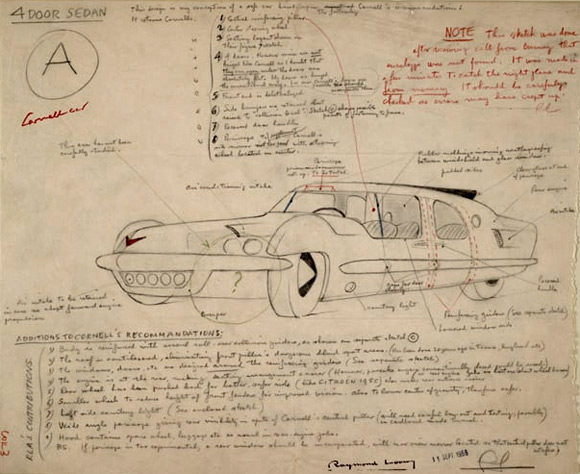
The Iterative Design Process
Industrial design sketching revolutionized the way designers approached the creative process. Sketches became a catalyst for iterative design, allowing designers to quickly iterate and refine their ideas. Through sketching, they could explore multiple design variations, evaluate their strengths and weaknesses, and make informed decisions to move forward.
One notable example of the power of sketching in the iterative design process is the iconic Volkswagen Beetle. In the early stages of its design, sketches played a crucial role in shaping the car's distinctive form. The designers went through numerous iterations, refining details and proportions until they achieved the desired aesthetic and functionality. Sketching allowed them to visualize the final product, understand its potential challenges, and iterate to perfection.
Moreover, sketching facilitated interdisciplinary collaboration within design studios. Designers, engineers, and other stakeholders could come together, share their sketches, and exchange insights and perspectives. The collaborative nature of sketching fostered a holistic approach to product development, ensuring that all aspects were considered and integrated seamlessly.
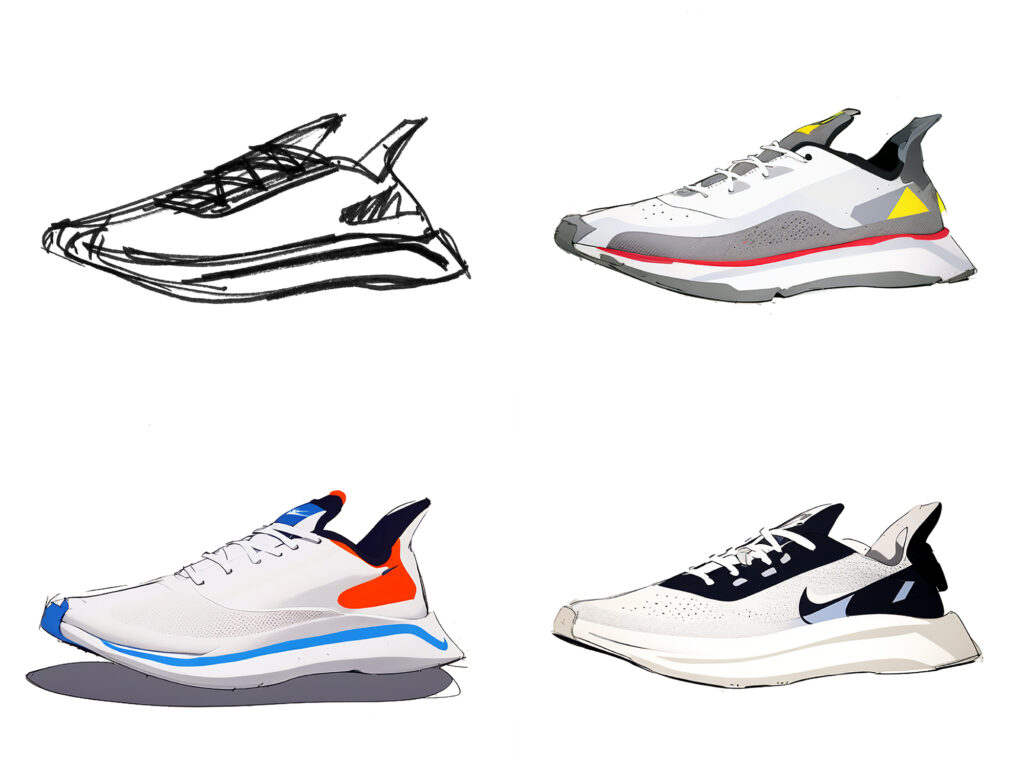
Sketching Meets Artificial Intelligence
While the essence of industrial design sketching remains the same, modern technologies have introduced new possibilities to accelerate the design process. The integration of artificial intelligence (AI) tools has paved the way for innovative ways of sketching and iterating on product designs.
AI-powered tools, like generative design software, leverage algorithms to explore vast design variations and generate numerous sketches based on given parameters. This approach echoes the iterative thinking methodologies employed in the early days of industrial design. Designers can now input design constraints and let the AI generate a multitude of possibilities, which they can then refine and iterate upon.
For example, a designer working on a chair design can input parameters such as material, ergonomics, and aesthetics into a generative design tool. The AI algorithm will generate multiple sketches showcasing various chair forms and configurations. The designer can then review and refine the generated sketches, incorporating their own creative insights and expertise. This AI-assisted iterative process accelerates the exploration of design possibilities, enabling designers to reach optimal solutions more efficiently. Ultimately, this allows designers to focus more on upstream ideas and direction while AI tools can create multiple iterations in a highly-efficient manner.
Moreover, AI-driven sketching tools have the potential to enhance collaboration and interdisciplinary design. Designers, engineers, and other stakeholders can now contribute their ideas through a shared platform, enabling real-time collaboration and fostering a holistic approach to product development. This shift mirrors the collaborative nature of traditional design studios, where different professionals share insights and perspectives.
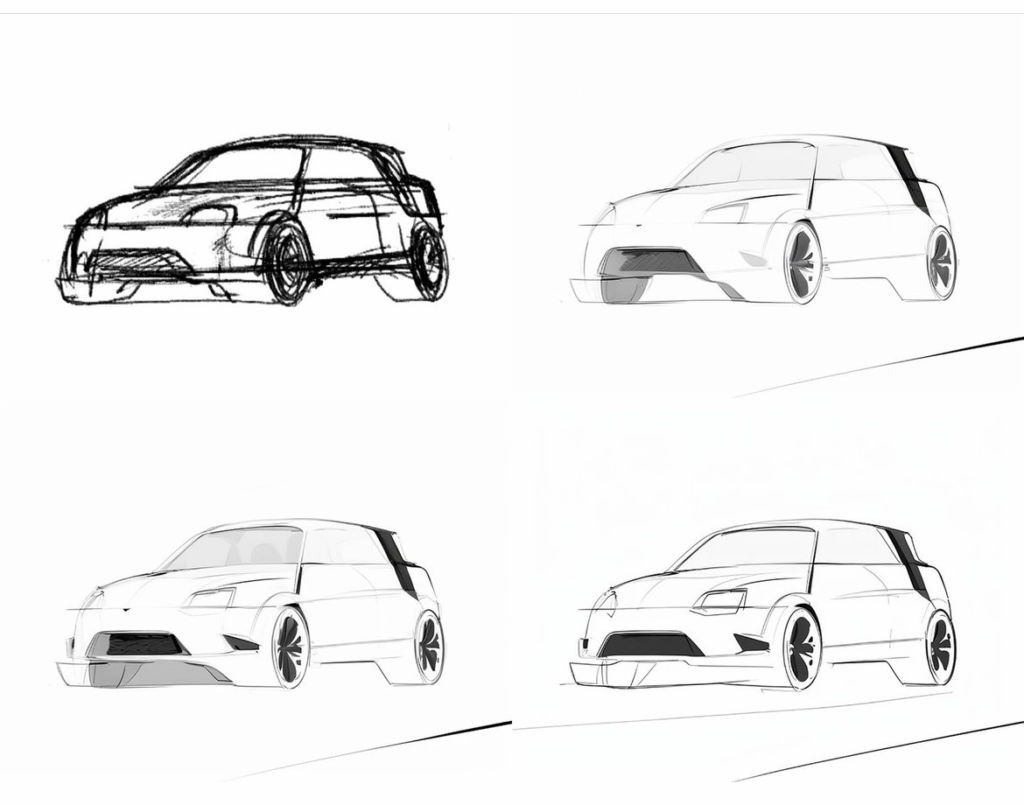
The Future of the Sketch
As we reflect on the history of industrial design and the evolution of sketching, one thing becomes clear: the power of iteration and visual communication has stood the test of time. From the pioneers who sketched on paper to the modern designers leveraging AI-powered tools, the iterative design process continues to fuel creativity and innovation.
The integration of AI tools in industrial design has opened new horizons, combining the thinking methodologies from the early days with the power of computational analysis and generative algorithms. By embracing these technologies, designers can accelerate the design process while staying true to the iterative spirit that has propelled industrial design throughout history.
While the tools may evolve, the core principles of industrial design iteration remain constant. Sketching continues to be the foundation on which designers build their ideas, iterate on their concepts, and push the boundaries of innovation. The marriage of traditional sketching techniques with AI-powered tools not only speeds up the process but also enhances collaboration and unleashes new creative possibilities — allowing designers to focus on quality of ideas and move from ‘producers’ to ‘directors’.
As we step into the future, it is crucial to remember the lessons learned from the history of industrial design. Sketching, whether on paper or with the aid of AI, remains a powerful tool to ideate, iterate, and bring valuable design concepts to life. It is through the iterative process, fueled by the creative vision of designers and the capabilities of technology, that we continue to shape the world around us with exceptional industrial design.
